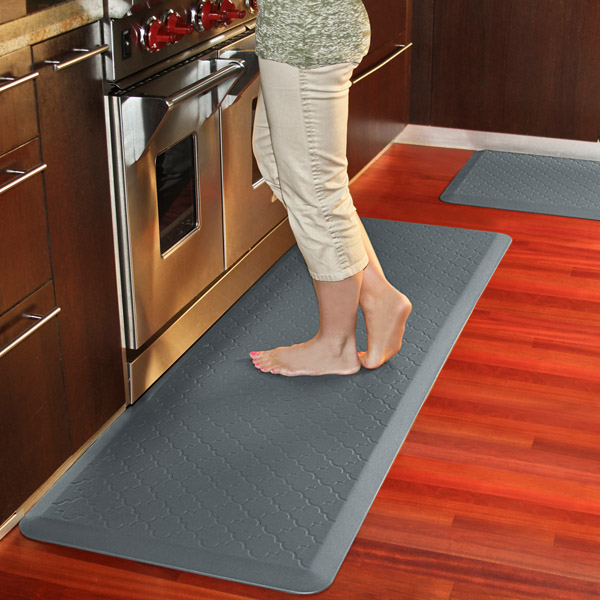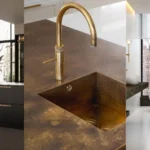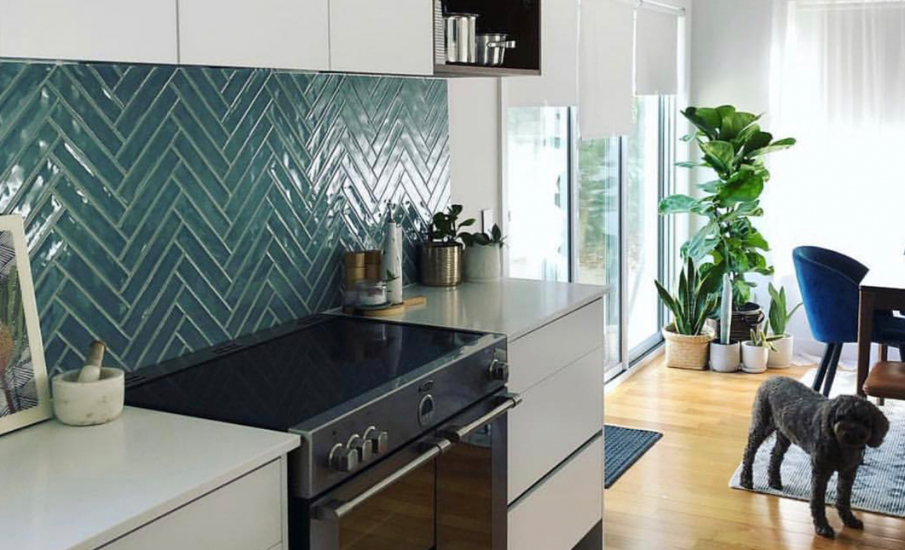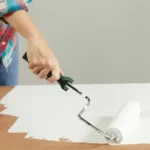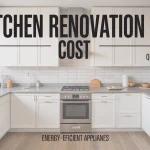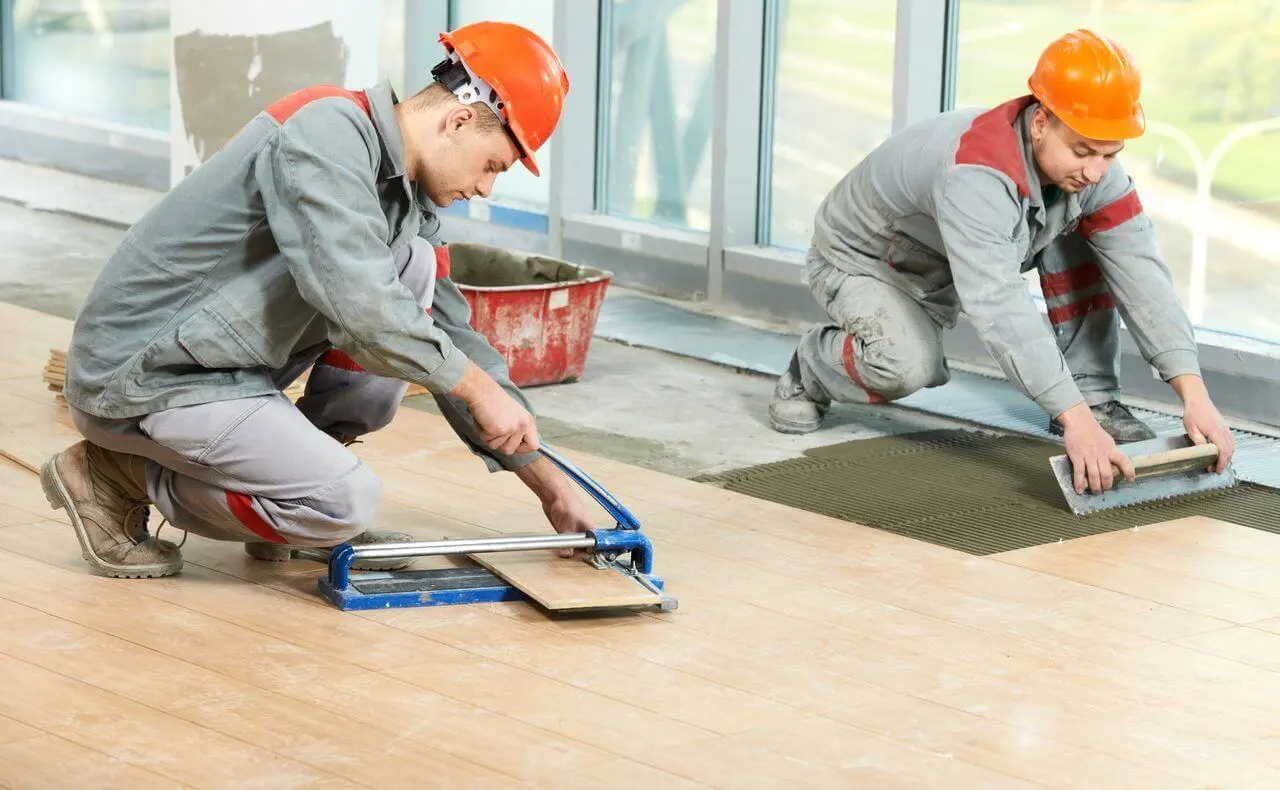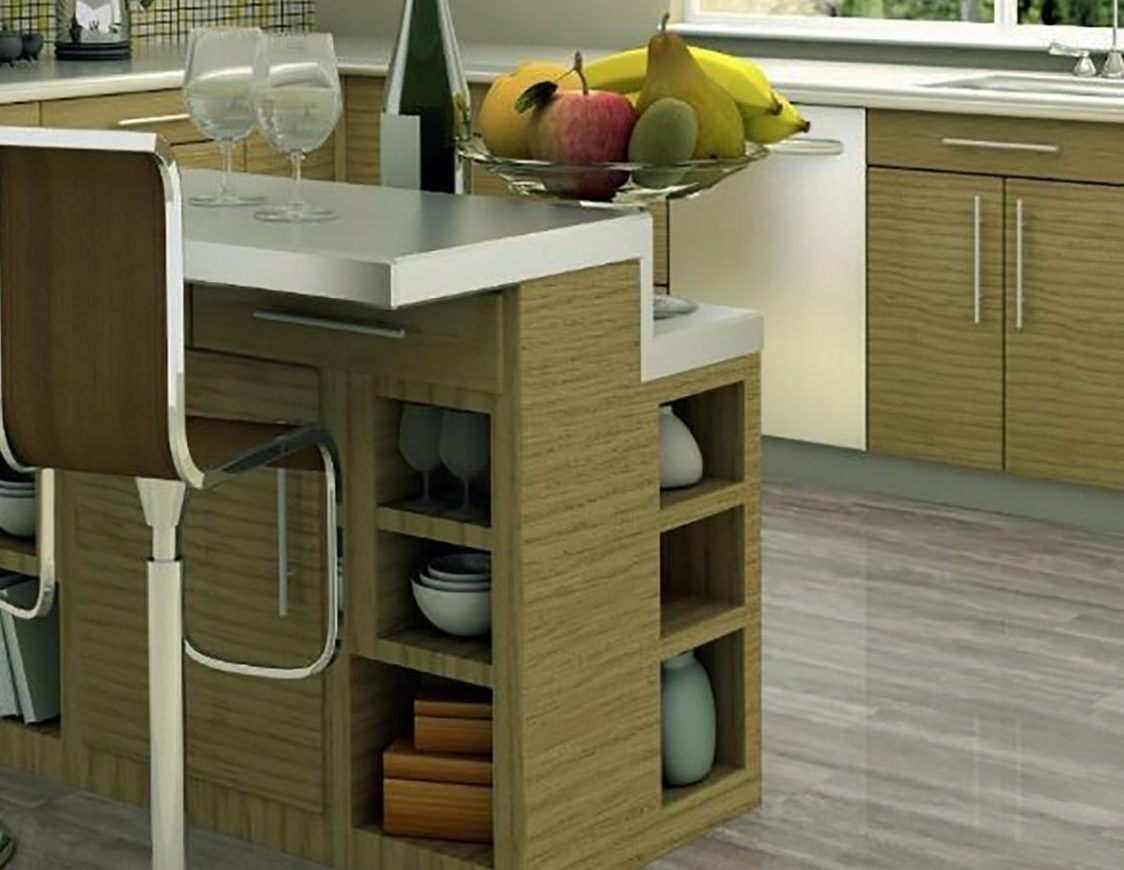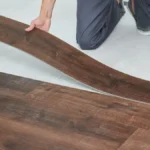Is your kitchen sink plagued by low water pressure? A common issue, low water pressure can be frustrating, especially when you’re trying to clean dishes, wash your hands, or prepare meals. In this article, we’ll explore what causes low water pressure, how to solve the problem, and offer practical advice to prevent it from happening in the future.

Content
Understanding Low Water Pressure
Before diving into solutions, it’s important to understand what water pressure actually means. This occurs when the flow of water through your pipes is insufficient to achieve the desired force from your taps or shower. It can affect various plumbing fixtures, but it’s most noticeable in the kitchen sink.
The causes of low water pressure are numerous, but fortunately, many of them are easily fixed with a few simple adjustments. Identifying the root cause can help you determine the best course of action.
Common Causes of Low Water Pressure in Kitchen Sinks
Several factors could be contributing to your low water pressure problem. Let’s explore some of the most common causes:
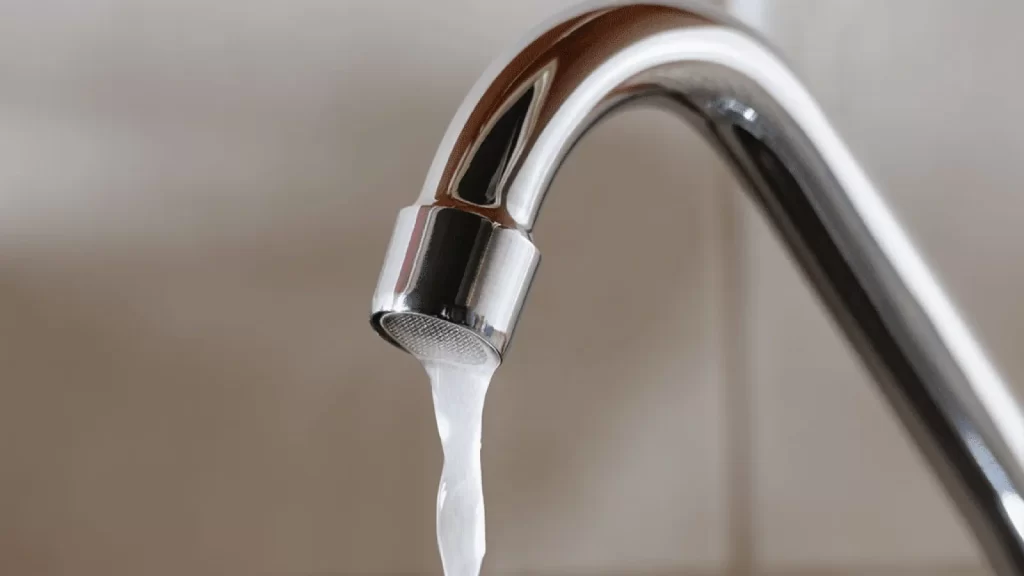
- Clogged Aerators Over time, the aerator in your kitchen sink can become clogged with mineral deposits, debris, or dirt. When this happens, the flow of water becomes restricted, resulting in low water pressure. The good news is that cleaning or replacing the aerator is a simple task.
- Leaky Pipes Leaks in your pipes, especially those under the sink or within the walls, can lead to a decrease in water pressure. These leaks may not always be visible, so it’s essential to check your plumbing for any signs of water damage.
- Pressure Regulator Issues If your home has a pressure regulator, it might be malfunctioning. This device controls the overall pressure of water entering your home. If it’s set too low or is damaged, it could result in low pressure throughout your plumbing system.
- Corroded Pipes Older homes often have corroded or rusty pipes, which can restrict the flow of water. This can lead to noticeable low pressure in the kitchen sink and other faucets in the home.
- Municipal Water Supply Issues Sometimes, the problem lies outside your home. If the low water pressure is widespread in your area, it could be due to issues with the municipal water supply. You can contact your water supplier to see if there are any ongoing maintenance projects affecting water flow.
How to Improve Low Water Pressure in Your Kitchen Sink
Now that we’ve covered some common causes, let’s look at practical solutions to improve low water pressure in your kitchen sink.
- Clean or Replace the Aerator One of the easiest ways to fix low pressure in your kitchen sink is by cleaning or replacing the aerator. Simply unscrew it from the faucet, clean it thoroughly, and reattach it. If cleaning doesn’t solve the problem, you may need to replace it entirely. Aerators are inexpensive and easy to find at most hardware stores.
- Inspect and Repair Leaks Check under the sink for any signs of leaks or water damage. If you spot any leaks, it’s important to repair them as soon as possible. Even small leaks can cause significant drops in water pressure over time. You can either attempt to repair the pipes yourself or hire a professional plumber to fix the issue.
- Adjust the Pressure Regulator If your home has a pressure regulator, it may need adjustment. If the pressure is set too low, the regulator may be restricting water flow. You can adjust the regulator to increase the pressure, but if you’re unsure, it’s best to contact a professional plumber to ensure everything is set correctly.
- Replace Corroded Pipes If your pipes are corroded, they can significantly reduce water flow. Replacing old, rusted pipes with new ones can restore your home’s water pressure. While this can be a more expensive solution, it’s essential for the long-term health of your plumbing system.
- Install a Water Pressure Booster If your water supply is weak, installing a water pressure booster can be a quick and effective way to improve low water pressure in your kitchen sink. This device helps to increase the flow of water throughout your plumbing system.
Preventing Low Water Pressure in the Future
Preventing low water pressure is much easier than fixing it once it becomes an issue. Here are a few simple tips to keep your water flowing at optimal pressure:
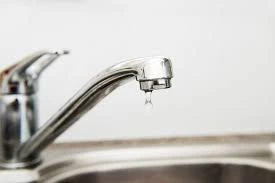
- Regularly Clean Aerators To keep water flowing smoothly, make a habit of cleaning your aerators every few months. This will help prevent mineral buildup and clogs that can cause low water pressure.
- Check for Leaks Conduct regular inspections of your plumbing to look for leaks. Small leaks can go unnoticed, but they can gradually reduce water pressure over time. Address any issues promptly to avoid bigger problems in the future.
- Maintain Your Pressure Regulator If your home has a pressure regulator, ensure it’s functioning correctly. Check it periodically for signs of damage and adjust it as necessary to maintain optimal water pressure.
- Consider Upgrading Your Pipes If your home has older pipes, consider upgrading to modern materials that are less prone to corrosion. This will improve the overall efficiency of your plumbing system and help prevent low water pressure.
- Install a Water Softener If you live in an area with hard water, installing a water softener can help reduce mineral buildup in your pipes and aerators. This will prevent clogs that contribute to low water pressure.
Read more: KITCHEN MAKEOVER GUIDE
Conclusion
Dealing with low water pressure in your kitchen sink can be frustrating, but with the right knowledge and tools, it’s a problem that can be easily fixed. Start by identifying the cause of the issue, then take action to repair or replace any faulty components. By following the prevention tips provided, you can maintain strong water pressure and ensure that your kitchen sink continues to function at its best for years to come.

Melissa Day is a dedicated home blogger who has been blogging for over six years. She covers everything home related. Melissa also loves writing posts about her travels to Europe with her husband and two children.

